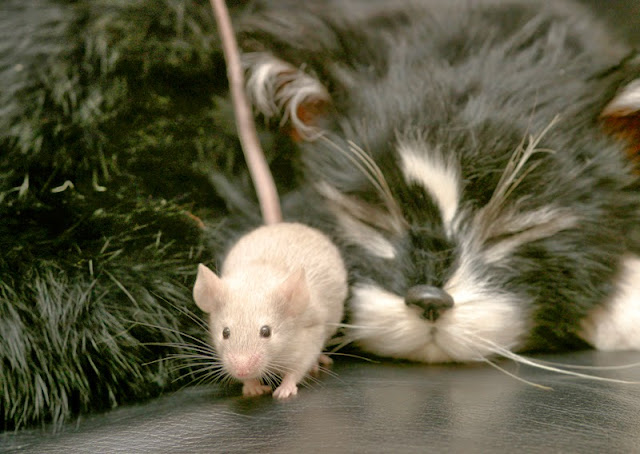

 |
| Photo: pjmorley / Shutterstock |
Since 1937, the Mass Observation Projecthas been collecting information from ordinary people about life in Britain. Set up with the idea of creating “an anthropology of ourselves,” data collection continued until the early 50s when it stopped, and then resumed in the 1980s. Now, over 500 people are on the panel, and respond to open-ended questions three times a year. Researchers can commission questions, which is how this particular study came about. (If you live in the UK and are interested in Mass Observation, you can keep a one-day diary on Monday 12th May).
Sealey and Charles asked a number of questions about the role of animals in people’s everyday lives. 249 people replied and, while all responses were analyzed, the 103 responses that were sent in by email were analyzed electronically. Corpus linguistics is a type of analysis that looks at large text datasets and investigates things like which words tend to occur in close proximity to each other.
Some people wrote extensive answers, and the corpus was almost 182,000 words. There were many participants who did some linguistic work around the labels that were used in the study, such as defining ‘animals’ as pets in some cases, or even as specific types of pets, as with one person who said, “My relationship with animals is better than it is with humans. I say animals, I suppose I mean cats really.”
Broad category labels, such as mammal and amphibian, were not used very often. Instead, people tended to refer to specific types of animal. For example, the word amphibian appeared just once in the corpus, but frog (in the singular or plural form) was used 30 times. Perhaps not surprisingly, dog(s) and cat(s) were the most commonly used words for types of animals.
Insect lovers should know that the word insect appeared rarely. Although the researchers say one possibility is that insects have little impact on people, another explanation is that, for most people, the category ‘animal’ does not really include insects. Perhaps ‘insect’ is a category equivalent to ‘animal’. We are talking, of course, about people’s everyday knowledge constructs, not about official scientific nomenclature.
One aspect of the results that we found of particular interest relates to use of the words vermin and pets. Respondents were asked, “Do you consider any animals to be vermin?” Perhaps not surprisingly given the phrasing of the question, the word ‘consider’ often featured in people’s responses. Some people accepted the category of vermin. For example,
“I consider rats to be vermin as I hate everything about them!”
or, “I would consider some animals as vermin, particular rats, mice, cockroaches.”
Some responses were very specific, such as “The mice in the piano are vermin.” So they refer not to mice in general, but to a very particular set of mice. (We are feeling bad for the piano).
Other participants were less accepting of the term, or did not apply it in a global way, e.g.
“I consider wild rats to be vermin, though tame rats are quite lovely.”
“I don’t consider most animals to be vermin as they are all just trying to survive”.
One of the interesting things about how people referred to pets is that they didn’t often use the word ‘own’. Instead they were much more likely to say ‘have’, e.g. “We have a pet cat and that’s about it.” Comments – sometimes negative – were often made about other people’s pets, and a look at the phrases that used the term ‘their pets’ reveals many comments that evaluate the human-animal bond. For example,
“It may give you an idea of how ridiculously fond some people get of their pets!”
“For some people their pets are their only friends”
“people abroad sometimes seem more reticent to take their pets to a vet.”
The study also looked at whether people were more likely to refer to particular types of animals in the plural or singular. For example ‘puppy’ and ‘kitten’ were more often singular, but ‘gerbils’ and ‘hamsters’ were more often plural. This may reflect people being more likely to have multiples of certain kinds of animals.
Some of the comments about the role of animals in people’s lives, particularly about them being in close relationships with people, were quite poignant. The responses show a range of experiences, from animals playing very little role (except as food), to being vitally important for companionship. It’s a useful reminder of the diversity of roles that animals play in our lives.
What do animals mean to you?
Reference
Sealey, A., & Charles, N. (2013). "What Do Animals Mean to You?": Naming and Relating to Nonhuman Animals Anthrozoos: A Multidisciplinary Journal of The Interactions of People & Animals, 26 (4), 485-503 DOI: 10.2752/175303713X13795775535652?

0 komentar:
Posting Komentar